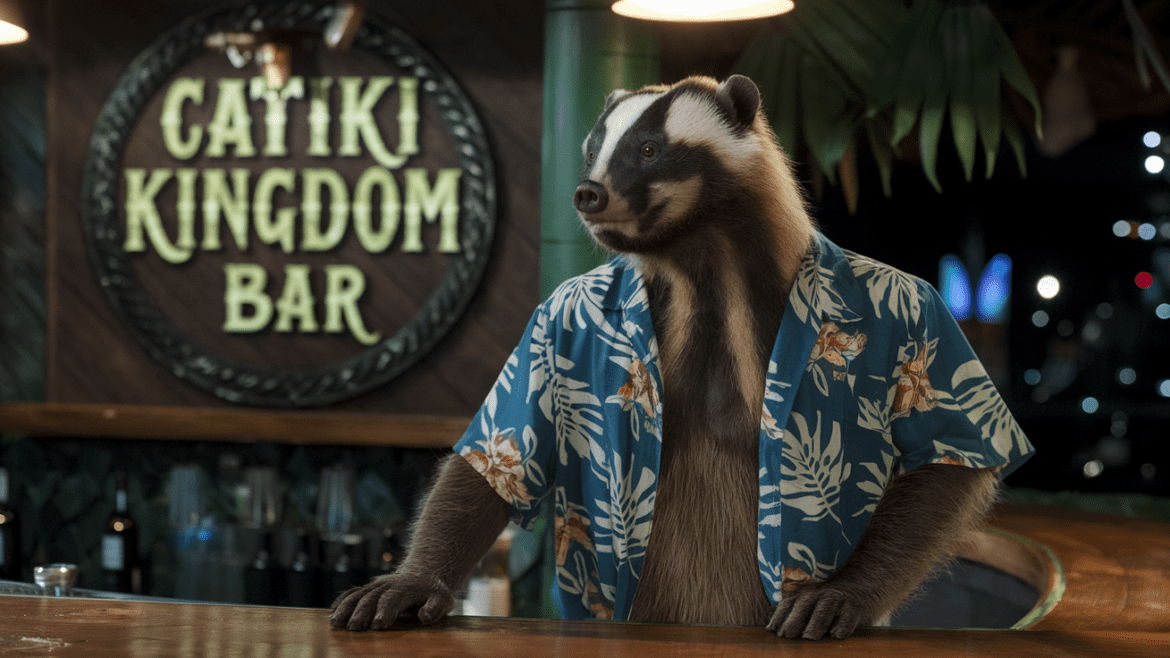The Birth of Catiki Originals
https://www.kraabel.net/wp-content/uploads/2025/01/a-cinematic-photo-of-a-honey-badger-hone_Qc8okHQeRuSBsMbyNIjmcQ_4IwQVSV4S7G3gO1k83yVSA-1024x574.png 1024 574 Michael Kraabel Michael Kraabel https://www.kraabel.net/wp-content/uploads/2025/01/a-cinematic-photo-of-a-honey-badger-hone_Qc8okHQeRuSBsMbyNIjmcQ_4IwQVSV4S7G3gO1k83yVSA-1024x574.pngIt all started with an idea that combined two of my passions: creative experimentation and Tiki art. I’ve always believed that you don’t wait for the right opportunity—you create it. That’s how Catiki Originals was born. I wanted to build a fun, playful creative platform where I could test the latest AI tools and see…
read more

